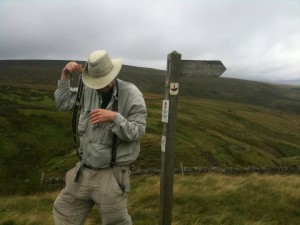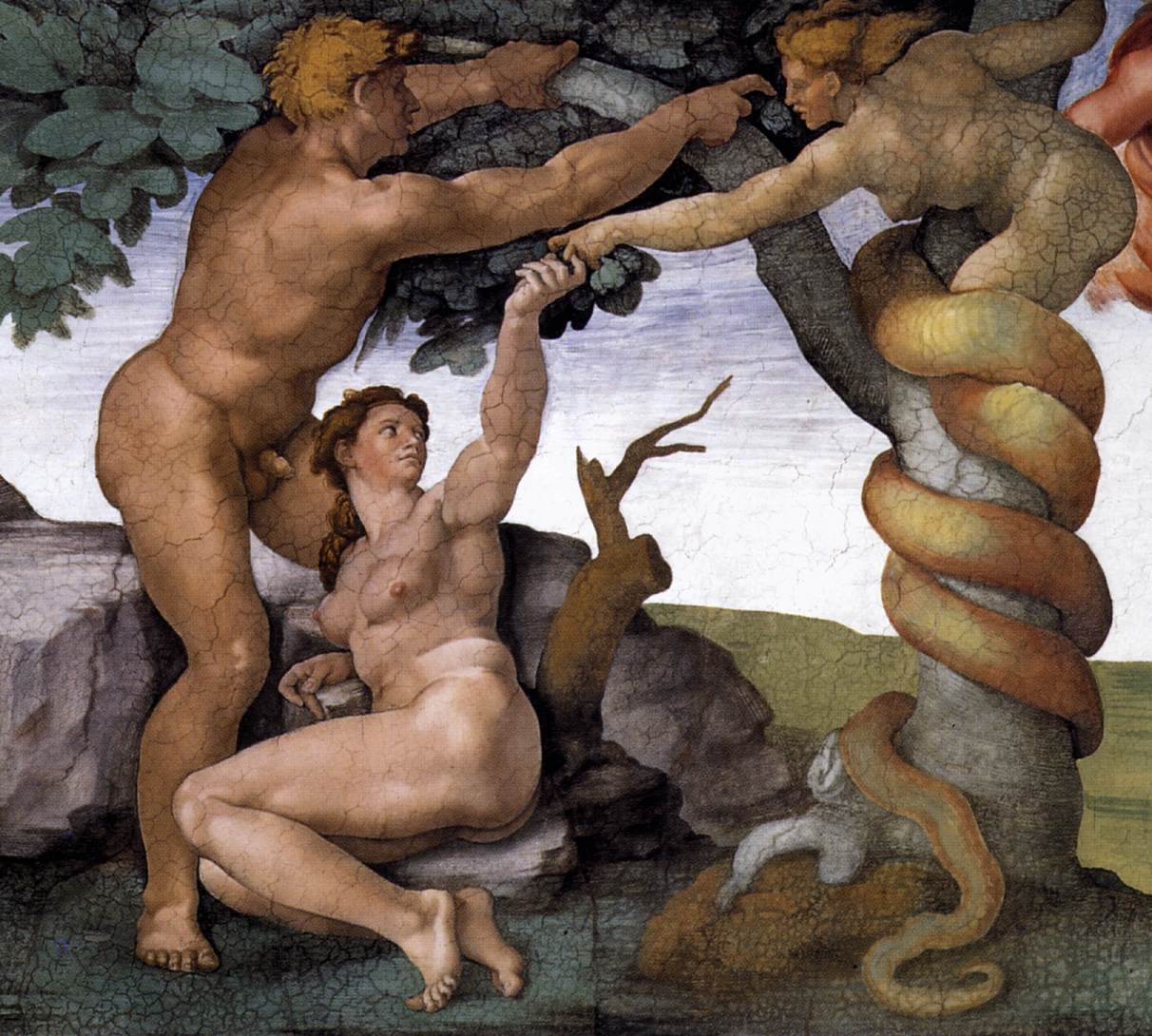
During our recent backpacking trip across northern England, my buddy Bruce and I overcame mild hypothermia, frightening falls, nearly constant rain, gale-force winds, aching feet and ankles and knees, multiple blisters, blackened toenails, and one extremely crummy hotel with no hot water, but in some ways the most dispiriting thing we faced was the number of villages we passed through that lacked any kind of local business.
Not so many years ago, almost every small town and village in England could boast both a pub and a post office, which doubled as a general store. In recent years, however, such establishments have been disappearing at an appalling rate. The Sunday Mirror reported in March that three post offices were closing every week, and Nia Griffith, a Labour Party member of Parliament, was quoted in The Telegraph a couple of months later to the effect that losing a post office “rips the heart out of the community.”
The same could be said of the loss of the village pub. The Campaign for Real Ale (CAMRA), an English consumer group, says that 29 British pubs close every week, a remarkable figure that actually represents an improvement over the 53 closures per week reported in 2008. According to CAMRA’s research, “84 percent of people believe a pub is as essential to village life as a shop or post office.”
Well, you can count Bruce and me among the believers. We didn’t buy all the Ordnance Survey maps covering our 200-mile route ahead of time, confident that we’d be able to purchase them as needed in village shops along the way. And we also thought that if we decided to forego our usual on-the-trail lunch of a piece of fruit, a Kit-Kat bar, and a few sips of water, we’d be able to stop at a village pub for a hot bowl of soup, a hunk of crusty bread, and a half (or full) pint of cider instead.
As it turned out, we were wrong on both counts. Several times we wandered off the edge of our most recently purchased map, only to discover that the next village(s) or town(s) through which we passed had no post office (or any other shop), forcing us to rely on the vague, inaccurate, and sometimes outdated information in John Gillham’s slim book Lakeland to Lindisfarne: A Coast-to-Coast Walk from Ravenglass to Holy Island, of which we each carried a copy. Occasionally we simply had to guess which direction to head, trusting in our common sense and our compasses; the former, sadly, proved somewhat less reliable than the latter.
And on several grim mornings, as we struggled through horizontal rain and howling winds, chilled and soaked to the bone, the thought of that soup and cider awaiting us at the pub in the next village was just about the only thing that kept us going… only to discover that the pub in the next village no longer existed, and that our lunch would be a cold and grumpy one, consumed as we sat shivering on a piece of turf or, if we were lucky, an actual bench by the side of the road.
The decline of the small, locally owned business is not only a concern Across the Pond, of course; it’s happening here, too, and there are good reasons to deplore it. An article by David A. Fleming and Stephan J. Goetz of Penn State University in the August issue of Economic Development Quarterly argues that small, locally owned businesses have a much more positive effect on local economic growth than do large, non-locally owned businesses (i.e., chains and large corporations). “Local ownership matters in important ways,” explains Goetz. “Smaller, locally owned businesses, it turns out, provide higher, long-term economic growth.”
That was also the conclusion of the New Rules Project, a program of the Institute for Self-Reliance, which found that locally owned businesses recycle more revenue into the local economy, create more jobs, and require less infrastructure than chains. A 2009 study of financial data from fifteen locally owned businesses in New Orleans concluded that only 16 percent of the money spent at a SuperTarget store stayed in the local economy, as opposed to 32 percent of the money spent at local retail outlets. (A 2003 study of eight locally owned businesses in Maine concluded that three times as much money stayed in the local economy when customers bought goods and services from locally owned businesses.) Another 2009 study concluded that the opening of a Walmart on Chicago’s West Side led to the closure of about one quarter of the businesses within a four-mile radius.
I don’t think that all chains and large corporations are necessarily evil, but I do think that we need to find an alternative to the tyranny of the bottom line. We need to create a system in which efficiency, global reach, economies of scale, short-term return on investment, and the like are not the sole determinants of business success, a system in which a locally owned business in a small town or village stands a realistic chance of survival against the Big Box just up the highway. What would it actually take to create such a system? I have no idea; Heather and I are, after all, perhaps the only two people ever to have graduated from Williams College without taking a single economics course. But I think I have an idea of what that system could look like.
The September 26 issue of The New Yorker contained a lovely story by Peter Hessler about Don Colcord, a druggist in the tiny town of Nucla, in southwestern Colorado. “He is, by the strictest definition, a bad businessman,” writes Heller.
If a customer can’t pay, Don often rings up the order anyway and tapes the receipt to the inside wall above his counter. “This one said he was covered by insurance, but it wasn’t,” he explains, pointing at a slip of paper on a wall full of them. “This one said he’ll be in on Tuesday. This one is a patient who is going on an extended vacation.” Most of his customers simply don’t have the money. Each year, Don writes off between ten and twenty thousand dollars, and he estimates that he is owed around three hundred thousand dollars in total. His annual salary is sixty-five thousand dollars. Over the course of many days at the Apothecary Shoppe, I never saw a customer walk in whom Don doesn’t know by name.
“It’s just a cost of doing business in a small town,” he says. “I don’t know how you can look your neighbor in the eye and say, ‘I know you’re having a tough time, but I can’t help you and your kid can’t get well.’ ”
By most standards, Nucla, Colorado, is not much of a town. Since its uranium-mining heyday in the Fifties and Sixties, writes Hessler, the population has dwindled to a few hundred, and is still dropping. The school board, strapped for funds, recently decided to cut back to a four-day school week, and the last local doctor died fifteen years ago. But the people of Nucla are fortunate indeed to have a man like Don Colcord in their midst, someone willing and able to look beyond the bottom line in his devotion to his community. Unfortunately, there aren’t many such people around, which means that Bruce and I, on our next backpacking trip, will probably find even fewer places to buy a hot lunch on a cold, rainy day, and will take care to buy all the maps we need before we leave.
What we’re reading
Heather: Gregory Orr, The Blessing: A Memoir
Martin: Calvin Trillin, Trillin on Texas





![Flip flops - just pick one up, by Jairo [CC-BY-2.0 (www.creativecommons.org/licenses/by/2.0)], via Wikimedia Commons Flip flops - just pick one up, by Jairo [CC-BY-2.0 (www.creativecommons.org/licenses/by/2.0)], via Wikimedia Commons](http://upload.wikimedia.org/wikipedia/commons/a/ae/Flip_flops_-_just_pick_one_up.jpg)



